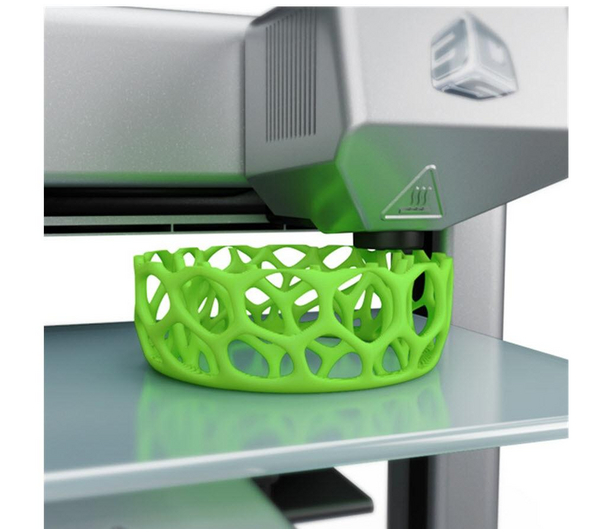


These labelsīecome the values of a dimension called "PriceBin" in our cube.Ĭubify can automatically bin a measure by introspecting the distribution of values occurring in that measure to determine the number of bins and the range of each bin. For example if the price falls between 1 and 10, the label is "1-10", and if it is between 10 and 20, the label is "10-20". By binning this measure, we create a label for the range in which the price value falls. The process of binning creates new dimensions in the cube.įor example in our purchases cube, we have a measure called "Price" which is a continuous numeric value. We we call our specific cube, "purchases".įirst, we create an instance of Cubify and invoke createCubeFromCsv passing in the csv file path and the cube name.Ĭubify.addColumn(cube, 'PackageSize', 'string', None, computePackageSize)įrom our source cube, we can create a "binned cube". Let's create a cube from our raw data contained in the CSV file.

Cubes created from raw data are termed "source cubes". The diagram above shows that a cube can be created from raw data contained in a CSV file. In the dataset above, the columns TransactionDate, CustomerId, CustomerState and ProductId are the dimensions and Qty and Price are the measures. The contents of the file, purchases.csv are shown below: TransactionDate


 0 kommentar(er)
0 kommentar(er)
